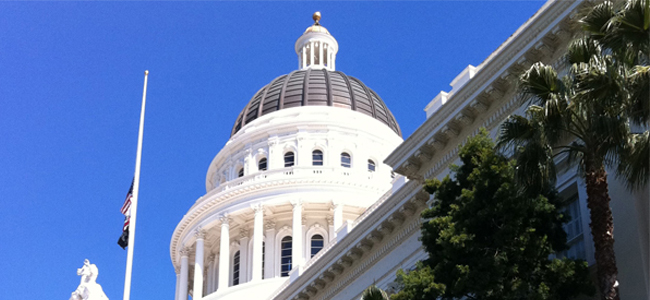In a decision that should provide more certainty for the development of residential infill and transit-oriented projects, the Court of Appeal recently held that the California Environmental Quality Act (CEQA) “cannot be used by a lead agency to require a developer or other agency to obtain an EIR or implement mitigation measures solely because the occupants or users of a new project would be subjected to” contaminant levels above an air district’s thresholds of significance. Because residential infill and transit-oriented projects are often located near existing sources of air quality impacts (freeways, for example), this decision should help ensure that these much-needed housing projects don’t get mired unnecessarily in costly and time-consuming environmental review processes.
The California Supreme Court held last year in CBIA v BAAQMD that CEQA generally applies to a project’s impact on the environment, not the environment’s impact on the project. While acknowledging that CEQA is concerned with human health, the Court agreed with the California Building Industry Association (CBIA) that CEQA’s relevant provisions “are best read to focus almost entirely on how projects affect the environment.” Stretching the definition of “environment” to include the future users of a project would allow CEQA to cover “nearly any effect a project has on a resident or user.” This led the Court to conclude that, generally, any requirement to analyze the “environment’s effects on a project” is invalid.
At the center of the litigation was the Bay Area Air Quality Management District’s “Receptor Thresholds” which sought to measure whether existing air quality issues would impact the future residents of new housing projects. CBIA and affordable housing advocates argued that the Receptor Thresholds discouraged infill housing close to transit because these projects are, by definition, located in urbanized areas where the air quality has already been impacted by existing development. Requiring projects to analyze and mitigate for existing impacts to which those projects did not contribute threatened to prevent much-needed infill development. After resolving the foundational question regarding the purpose of CEQA analysis, the Supreme Court remanded to the Court of Appeal the question of whether the Receptor Thresholds violated the general rule described in its opinion.
On August 12, 2016, the Court of Appeal determined that the Air District’s thresholds were “misleading to the extent they contemplate an application of the Receptor Thresholds to evaluate the effect of the existing environment on all new receptors as a matter of course. . . .”
Though the Court of Appeal identified specific circumstances where the Receptor Thresholds could be validly applied (e.g., in school siting decisions), the Court of Appeal warned that “any effort by an agency to require an EIR, mitigating measures, or other CEQA review under the Receptor Thresholds when one is not authorized would be subject to a strong legal challenge.” To that end, the Court of Appeal held that the Receptor Thresholds cannot be used by a lead agency to require an EIR or to impose mitigation measures solely because the occupants or users of a new project would be subjected to contaminant levels above the Air District’s thresholds.
Existing air quality concerns can, of course, be addressed outside of CEQA. CBIA argued during the litigation that these sorts of concerns can be addressed through substantive rules and regulations. The Air District has recently gotten on board with this approach. The Air District finalized its “Planning Healthy Places” guidance document which recommends that local governments address existing air quality concerns through the Planning and Zoning Law. Planning Healthy Places provides an interactive map of where the Air District recommends projects implement best practices (e.g., air filters) and where, due to complex emissions sources, further air quality studies should be conducted. The Court of Appeal’s decision should result in cities and counties taking a more proactive, plan-level approach to addressing air quality concerns rather than the ad hoc approach previously recommended through the Air District’s Receptor Thresholds.
 Lay of the Land
Lay of the Land




